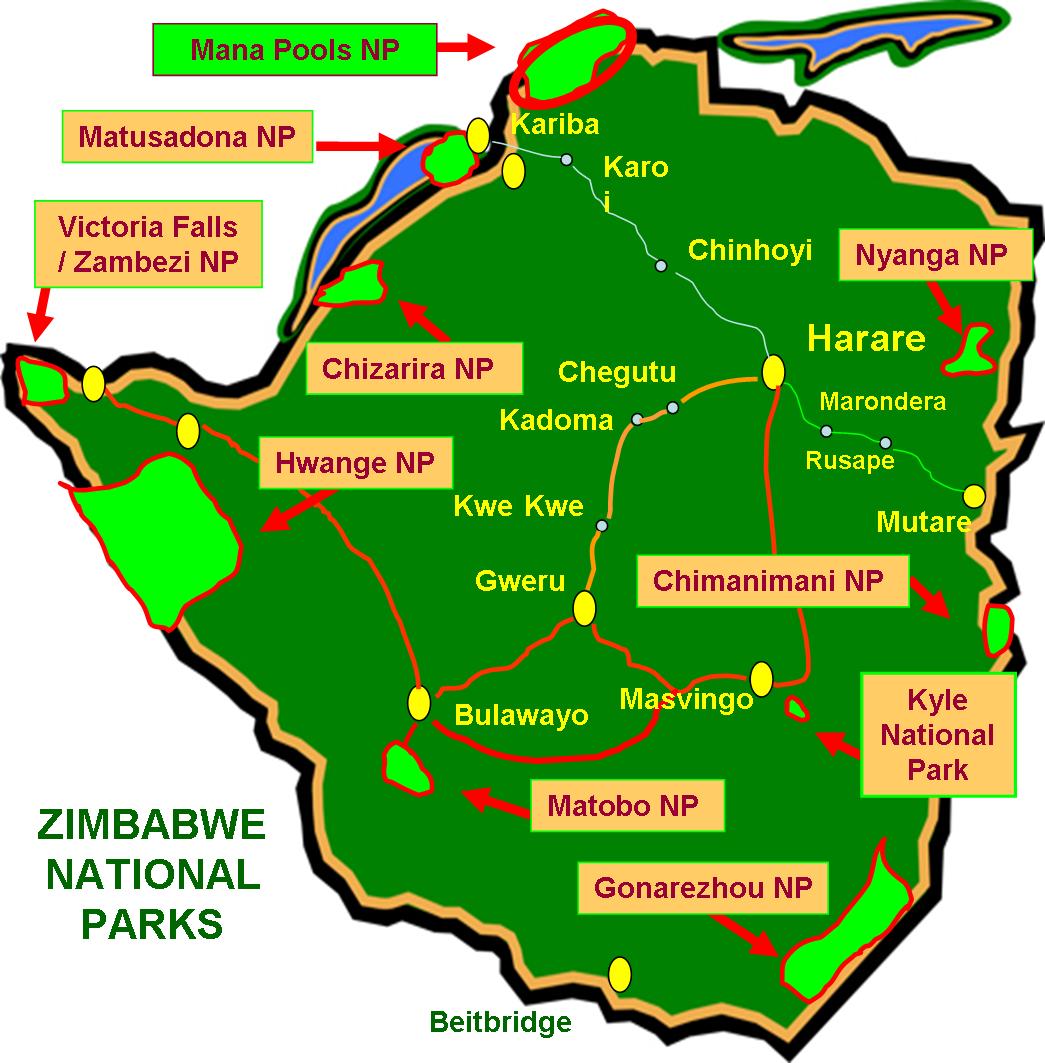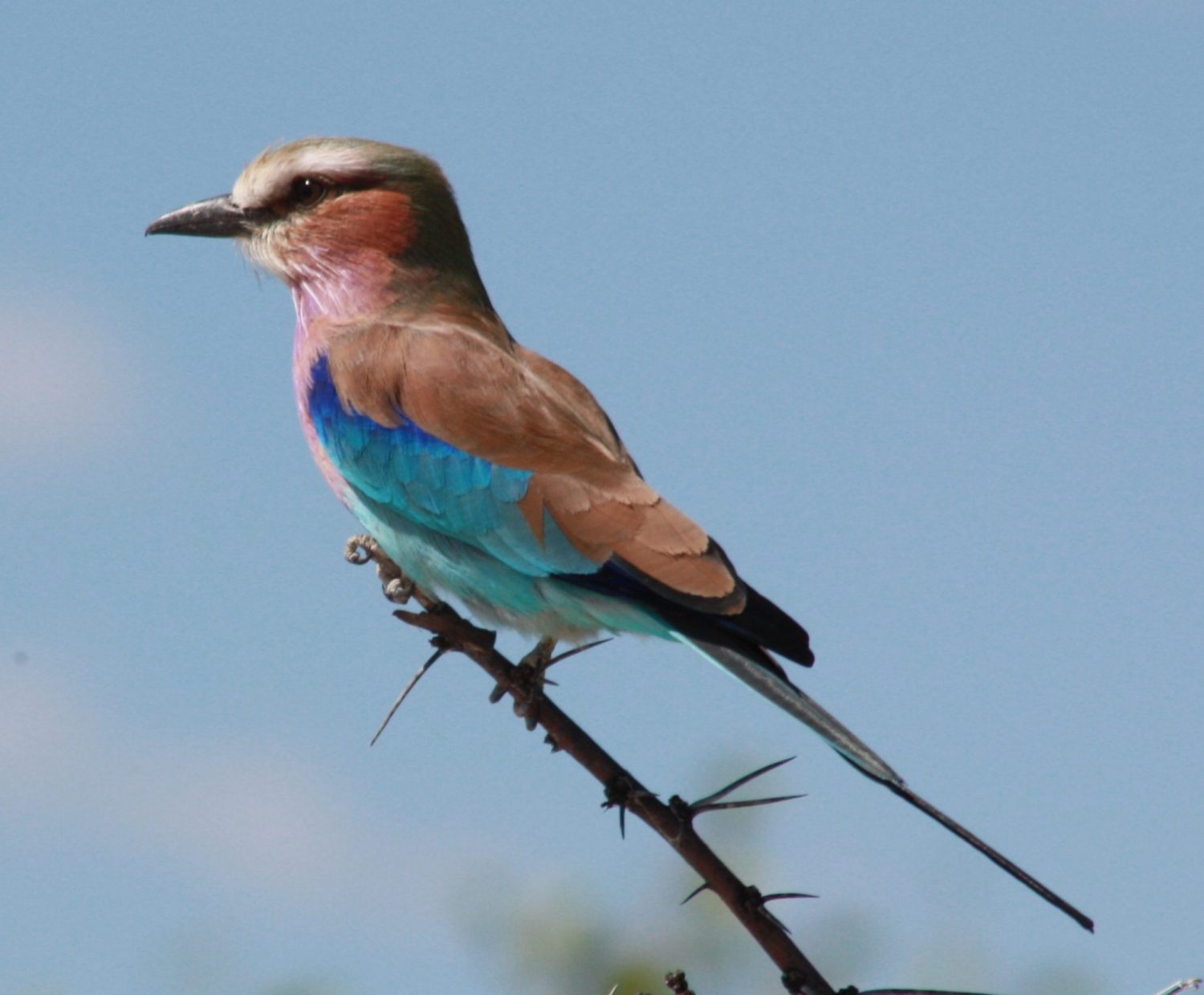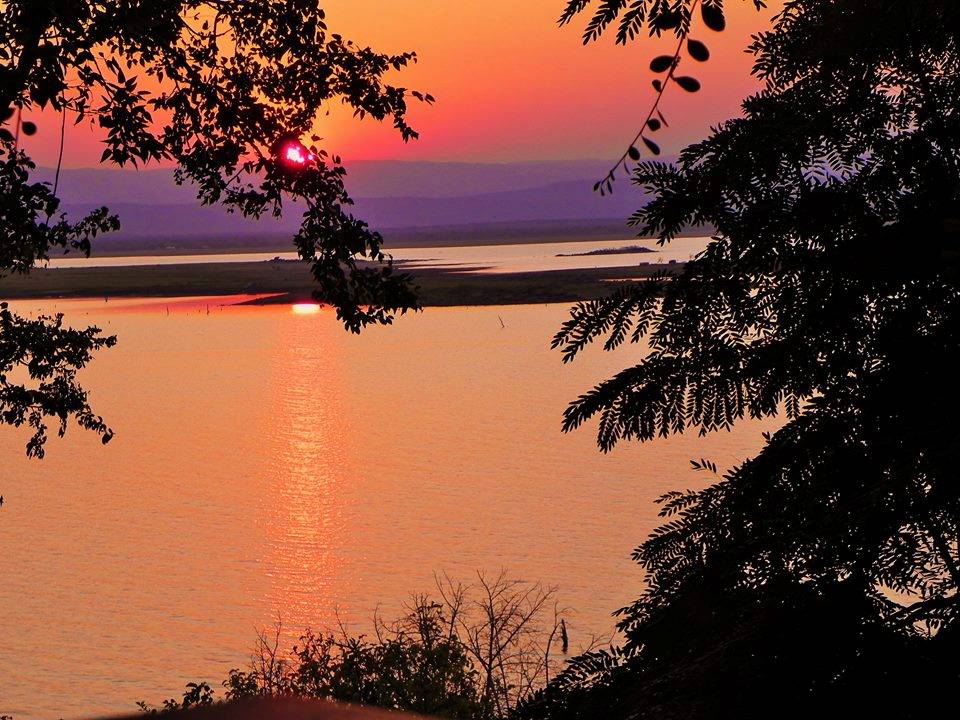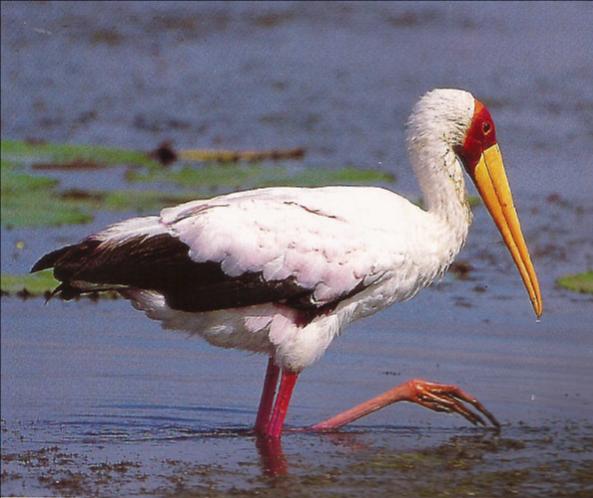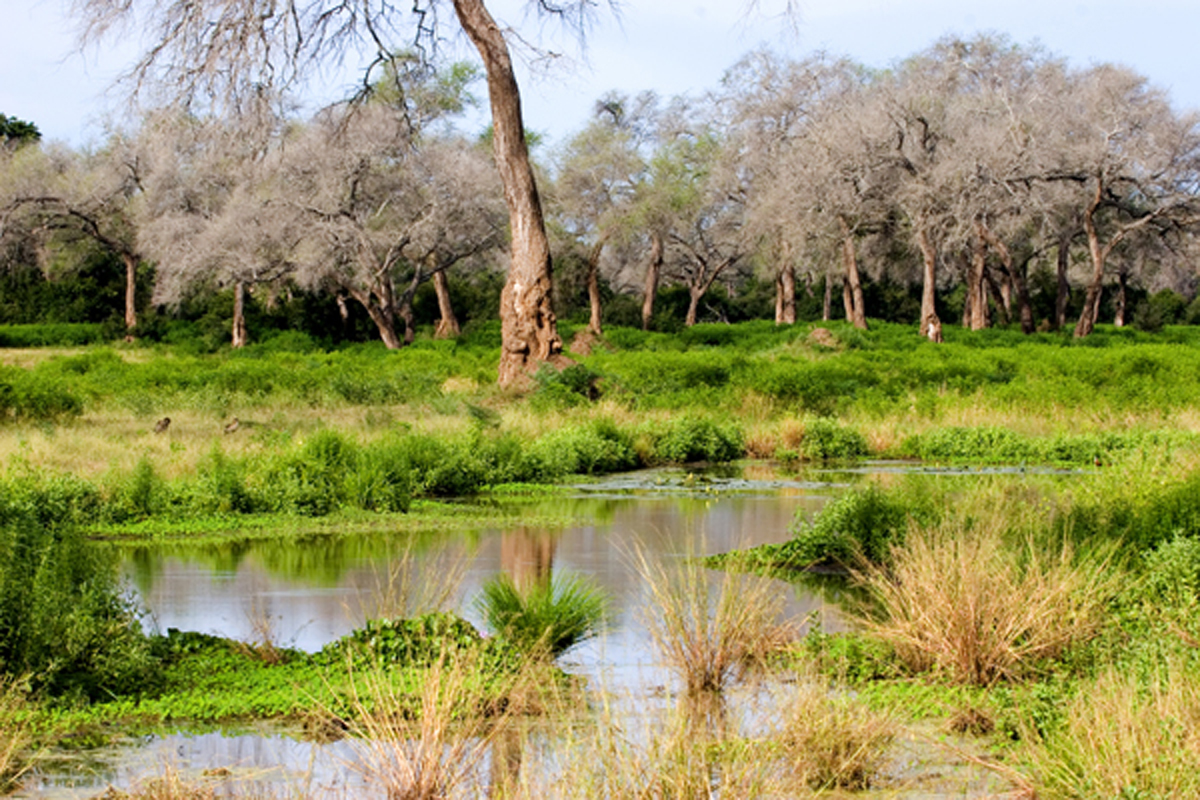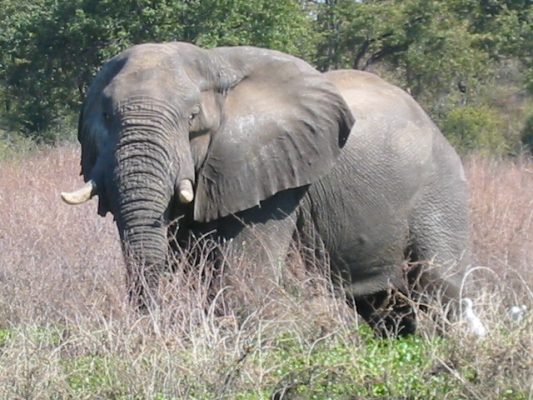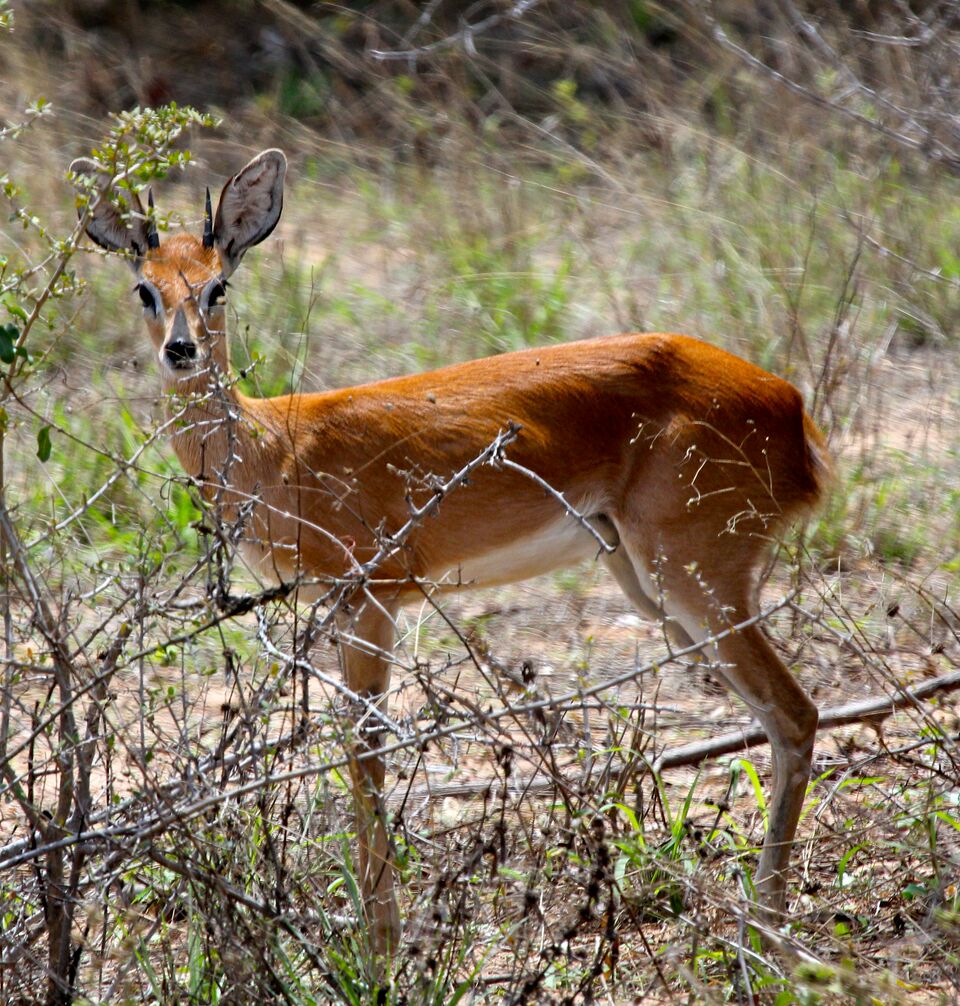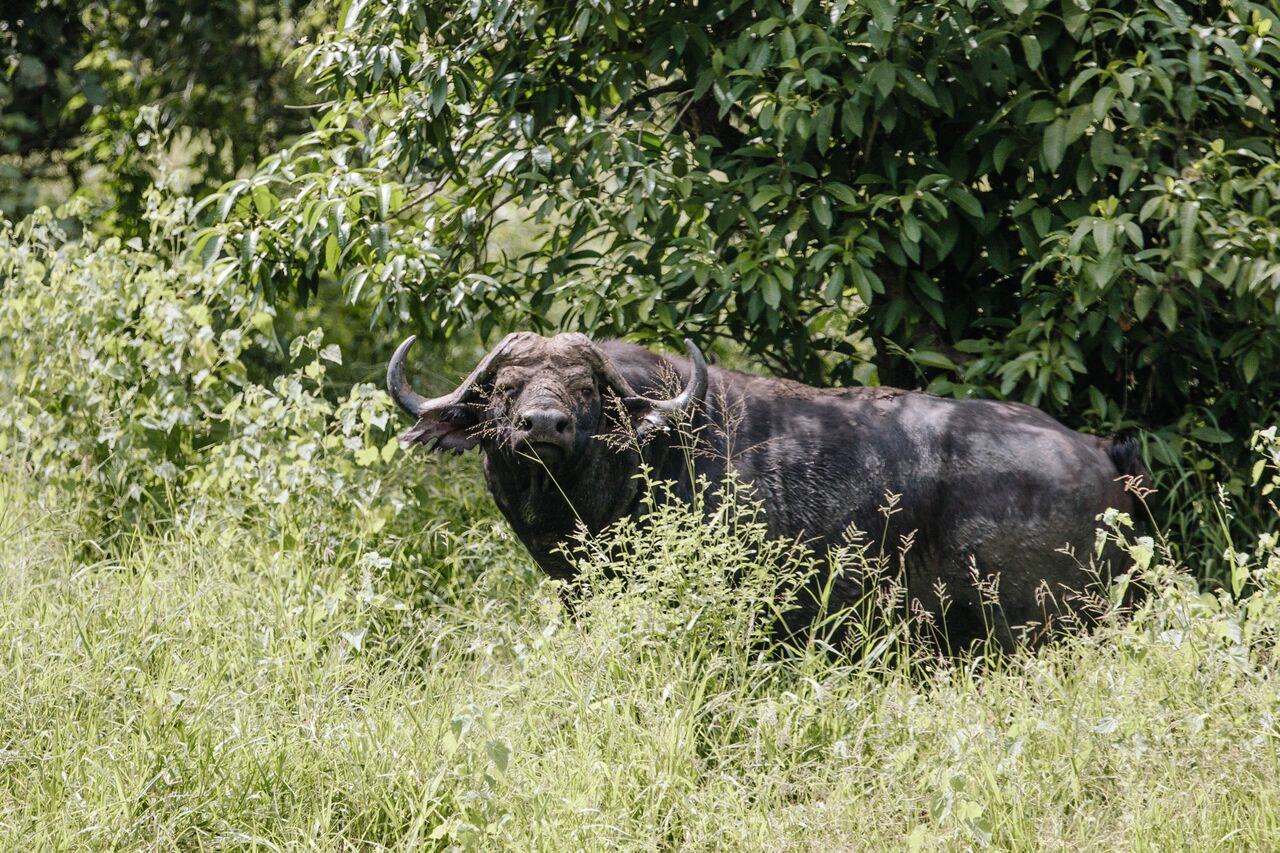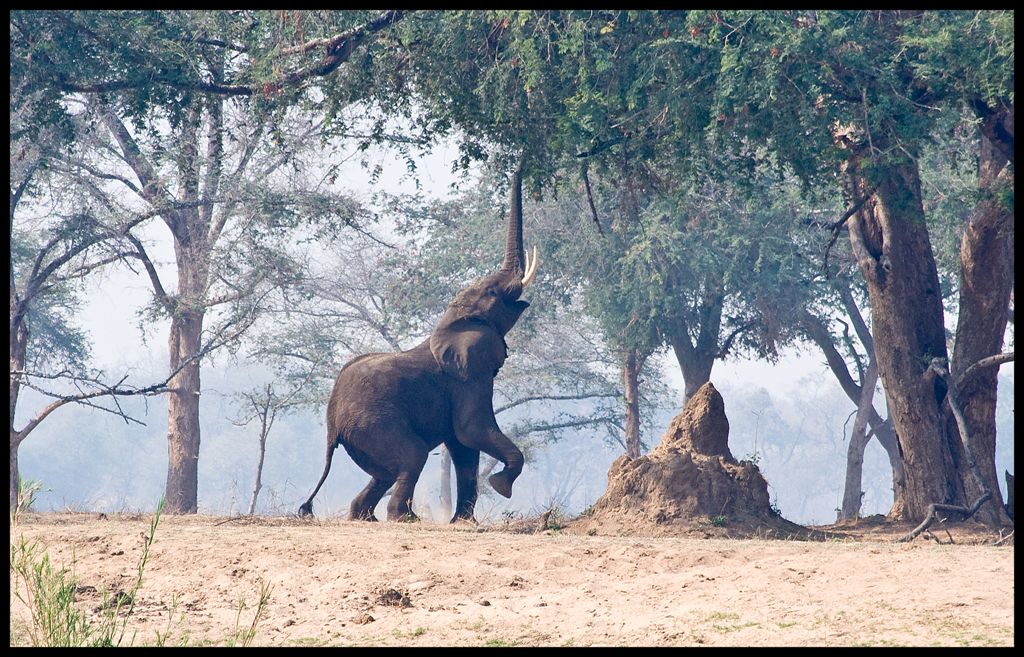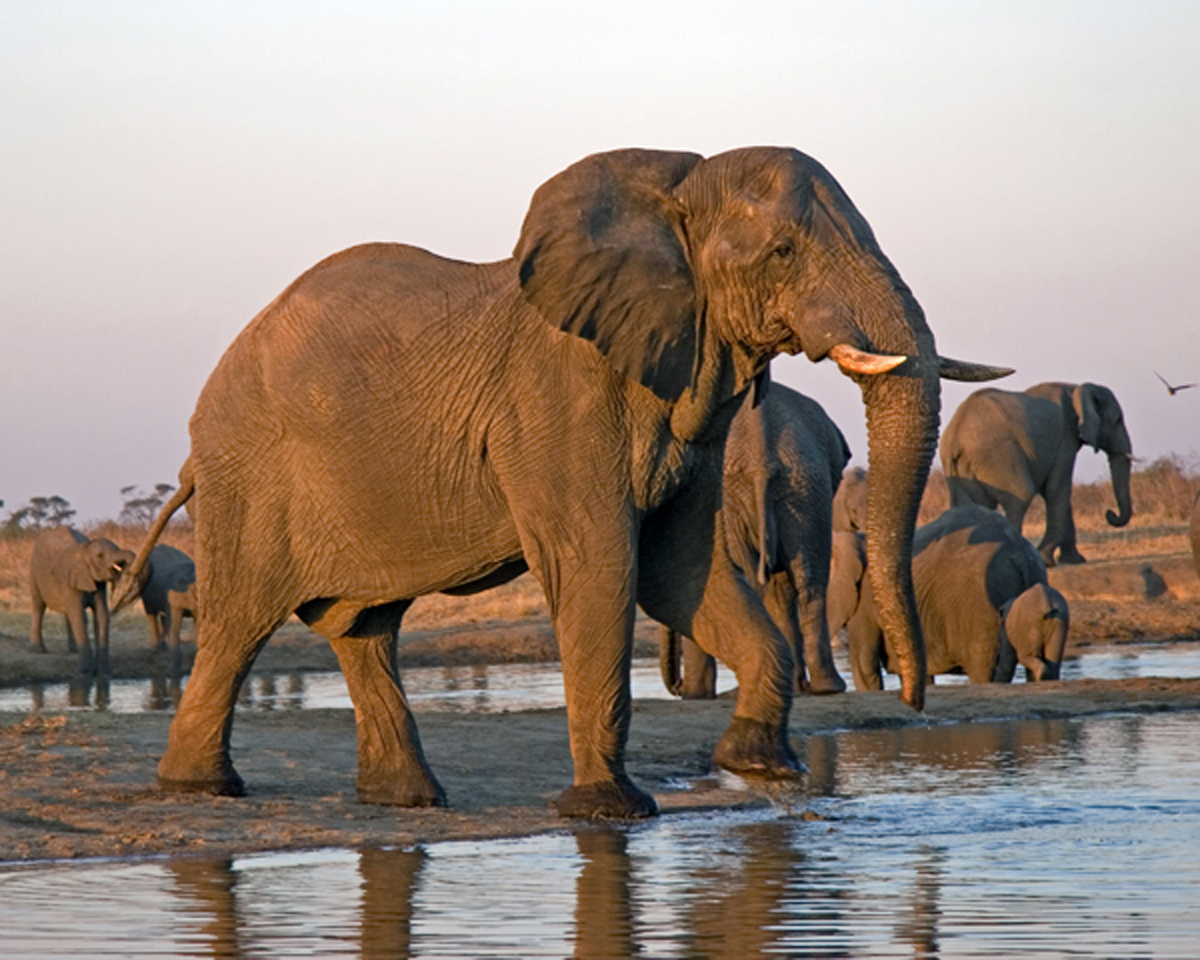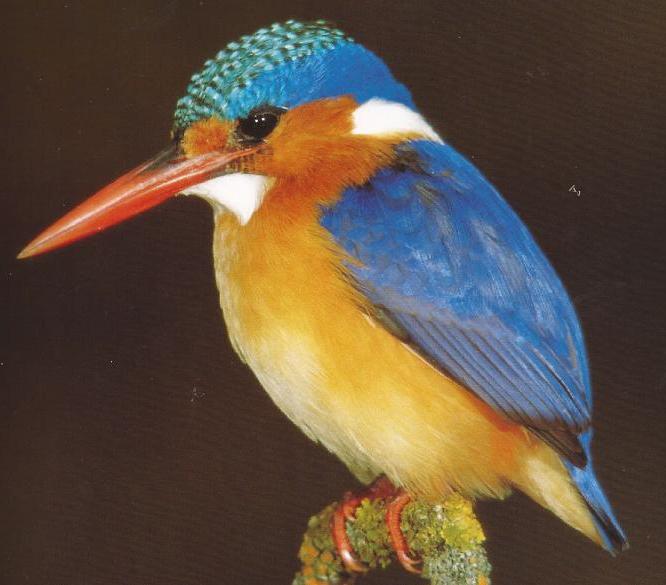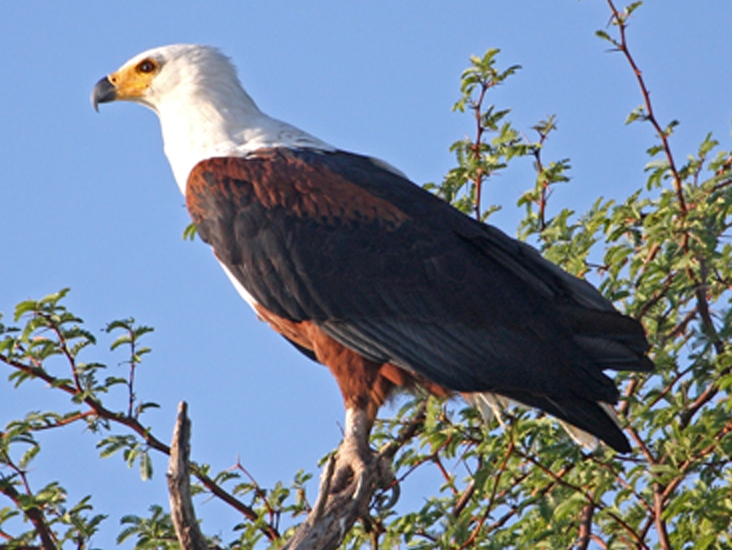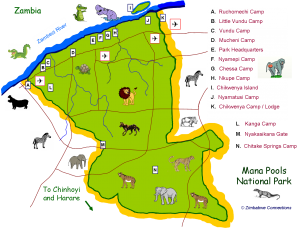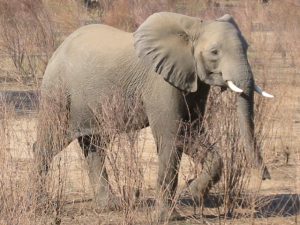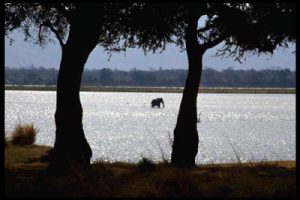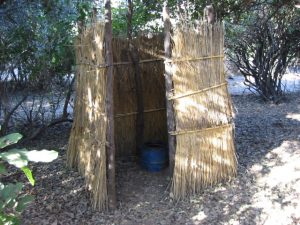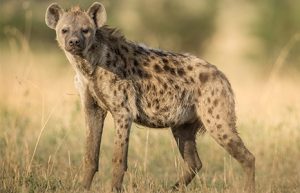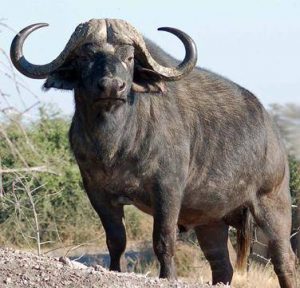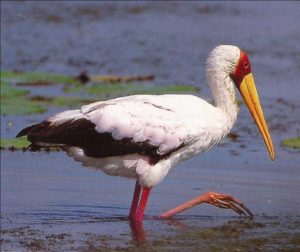Mana Pools National Park
Mana Pools National Park is a very remote and undeveloped reserve situated on the lower Zambezi River in the Zambezi Valley in northern Zimbabwe. It was declared a World Heritage site by UNESCO in 1984. During the seasonal downpours the flood plain turns into a broad expanse of lakes which, with the cessation of rain, gradually dry up and recede, thus attracting many varieties of animals in search of water and making it one of Africa’s most renowned game viewing areas. Mana Pools National Park is a World Heritage site based on its pure wilderness and beauty, It is home to a wide range of mammals, over 350 bird species and aquatic wildlife.
Mana Pools is a wildlife conservation area centered around four large permanent pools.
The designated site consists of three different areas: Mani Pools National Park, and the Sapi & Chewore Safari Areas. All are situated in the Zambezi valley, along the Middle and Lower Zambezi river and near the border with Zambia.
The river and the sand-banks that are formed by erosion and deposition is the key to the exceptional natural value of these areas. On the riverine strip, large groups of animals congregate annually during the dry season when water elsewhere is scarce. The area is one of the three most important refuges for black rhino in Africa. Also, over 6.500 elephants, 11.000 buffalo, lions, hippos, crocodiles, leopards and cheetahs live in these protected areas.
Visitors to Mana Pools experience the African wilderness in its ‘raw’ form, untainted by commercialization. The park is characterised by its tranquility, wide open spaces, close up wildlife experiences and unblemished natural terrain. It is renowned for its walking and canoe safaris and large numbers of wildlife, particularly crocodiles, hippos, buffalo and elephant. The impact of man has been minimal so it is common for visitors to have ‘close up’ sightings of wildlife in their natural state.
During the rains, most of the big game animals move away from the river and into the escarpment. They start returning to the riverine areas from around April, as the pans in the bush dry up. As the year progresses, increasingly large herds of elephants and buffalos are seen, as well as kudu, eland, waterbuck, zebra, impala and many other antelope.The game is very relaxed about people on foot, making Mana Pools one of Africa’s best national parks for walking safaris.
There are over 20 000 km² of wildlife protected land in the vicinity of Mana Pools. It is in the Middle Zambezi Valley covering an area of 2196 square kilometers (848 square miles) extending from the Zambezi River in the north to the escarpment in the south. Mana Pools is a timeless wilderness considered by many to be the ‘Jewel of Zimbabwe’.
CLICK on image below
Mana Pools is excellent for walking safaris and this has been a popular activity over a number of decades. Unusually, these have been encouraged by the authorities since the park opened in 1963. In addition, with a low human population in the surrounding area, the human–wildlife contact / conflict has historically been minimal, so the game is relatively relaxed when encountered on foot.
Zimbabwe is renowned for the quality of its guides and under such guidance visitors can safely approach and get within close proximity of elephant, lion and wild dog.
Mana Pools (219,600 ha) extends over 2,196 square kilometres and together with the Sapi (118,000 ha) and Chewore (339,000 ha) Safari Areas was declared a World Heritage Site in 1984. This substantial property of 676,600 ha provides the perfect environment for large congregations of Africa’s large mammal populations which gather in its flood plains during the dry season. The park is physically protected by the Zambezi River to the north and the steep escarpment to the south which rises to over 1,000 m from the valley floor.
Over millions of years the meandering Zambezi river has changed its course, leaving small oxbow lakes surrounded by lush vegetation and tall stands of wild fig, ebony and mahogany trees as well as Baobabs. ‘Mana’ is the local Shona word meaning ‘four’ and within the national park, the oxbow lakes have created four large pools thus giving the park its name.
The ‘Mana Pools’ are in essence the former channels of the Zambezi River. ”Long Pool”, is the largest of the four pools, extending some six kilometres in a west-east direction. This pool has a large population of hippo and crocodiles and is a favourite for the large herds of elephant that come out of the thickly vegetated areas in the south to drink.
Together with the wide range of mammals Mana Pools has over 350 bird species and thriving aquatic wildlife.
For those that are inexperienced or first time visitors it is recommended that a guide is used. Having said that, on the old river terraces visibility is good and visitors can walk unaccompanied by guides in the open Albida woodland as there is little danger of unexpectedly coming across dangerous animals. Caution is required as these are wild animals and they can be unpredictable.
This privilege of walking alone in an area with dangerous wildlife is unique in Zimbabwe to Mana Pools. Elephant, eland, buffalo, impala, waterbuck, baboons, monkeys, zebra, warthog and hippo are some of the larger herbivores to be seen regularly on the river terraces as they come out to eat the fallen Albida fruit. Lions, leopards, spotted hyaena and cheetah are present in the area, but their secretive nature makes them more difficult to see.
